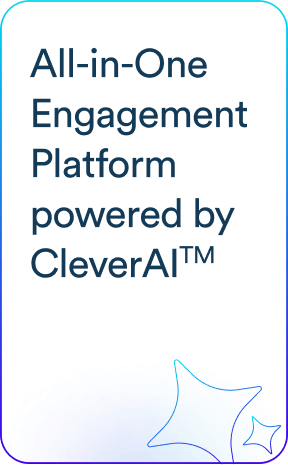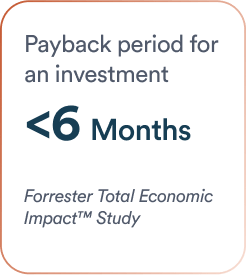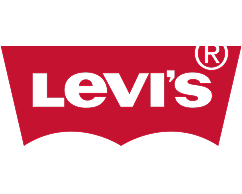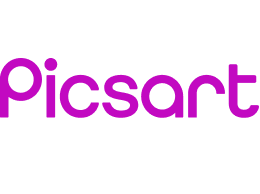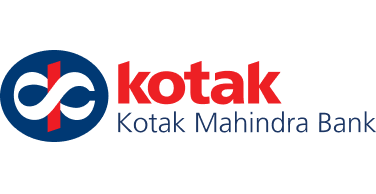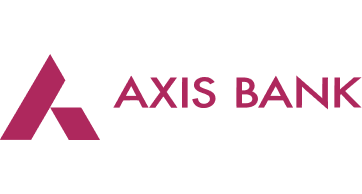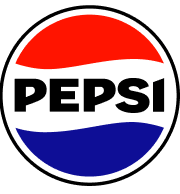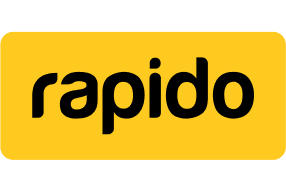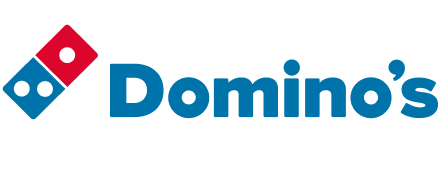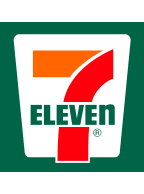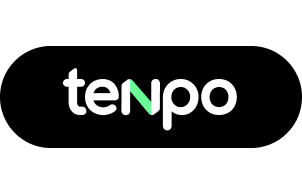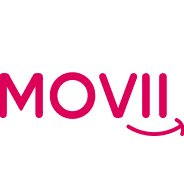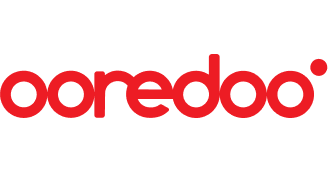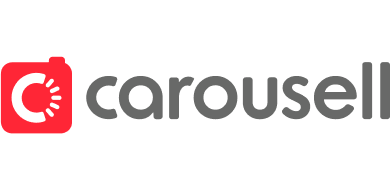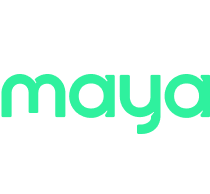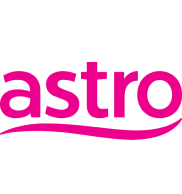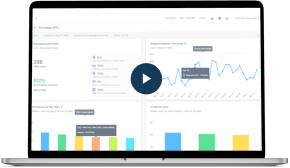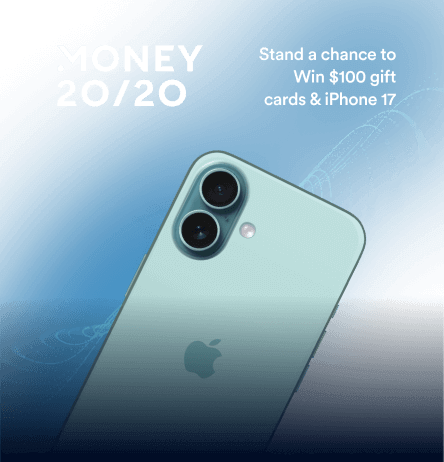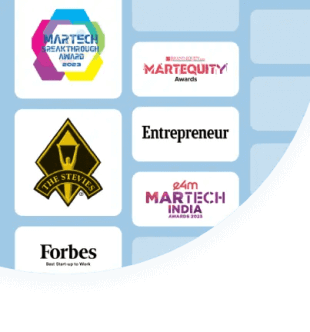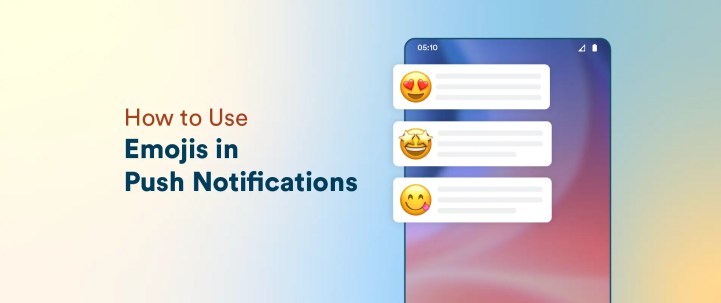Emojis have evolved from fun, expressive icons into a powerful visual language that modern marketers can’t ignore—especially in mobile messaging. With push notifications competing for limited user attention, emojis in push notifications offer a valuable edge: they make messages more engaging, more human, and more likely to convert.
In this blog, we’ll explore the psychology of emojis, their measurable impact on push campaigns, platform compatibility issues, best practices for using them strategically, and real-world examples that show emojis at their most effective.
What are Emojis in Push Notifications?
Emojis are small digital icons used to express ideas, emotions, and objects visually. They’ve become a key part of how we communicate, especially on mobile. There are more than 3,600 standardized emojis, and nearly every device and platform (iOS, Android, Windows) supports them. They bring tone and nuance to written messages, helping users grasp intent in an instant.
The Psychology Behind Emojis
Emojis tap into the brain’s visual and emotional recognition systems. When we see an emoji, our brain interprets it similarly to a human facial expression. That’s why a 😊 or a 😍 instantly evokes a feeling—it activates the same neural pathways linked to empathy and social bonding.
Research from the University of Amsterdam shows that emoji use significantly improves message clarity and likability.
For marketers, this emotional shorthand is invaluable. Emojis reduce cognitive load, replace ambiguous text, and create a sense of familiarity, especially effective in mobile-first contexts where space is tight and attention is fleeting. This results in push messages that feel more personal, intuitive, and likely to convert.
“Emojis are a potent tool at the disposal of any marketer that, when used well, can instantly make a message feel alive. But, just like personal communications, using it anywhere and everywhere would disorient the recipient.
Marketers must experiment with various emojis, see what works best for their target audience, but use it only when it’s contextually relevant. Else it may lose its potency. Remember, you want to keep things fresh, relatable and most importantly, culturally sensitive when it comes to deploying such a persuasive tool within your marketing toolbox.”
– Jacob Joseph, VP – Data Science, CleverTap.
The Impact of Using Emojis in Push Notifications
Let’s understand how using emojis in push notifications can improve your push marketing performance.
Increased Open Rates
Push notifications with emojis enjoy up to an 85% lift in open rates. Emojis act as visual anchors—they break up monotony and grab attention, especially on crowded lock screens. In CleverTap’s internal benchmarking, brands using contextually relevant emojis (like ⏰ for urgency or 🎉 for celebration) saw significant boosts in notification open rates across e-commerce and food delivery segments.
Enhanced Click-Through Rates (CTR)
CTRs also get a measurable lift when emojis are used well. Emojis in push notifications signal personality, playfulness, or even urgency, and that leads to more taps. A push like “🍕Your favorite pizza is 20% off today only!” engages visually and emotionally, outperforming a plain-text variant.
For example, Zee5 Global saw a 60% increase in CTRs, using CleverTap’s push notification capabilities that allowed them to perform over 200 A/B tests for their campaigns where they tested emojis and variations in the heading and body.
Learn how to measure and track push notification CTR.
Improved User Retention
Push campaigns that use emojis consistently can help shape a brand voice that feels more relatable and human. When messages reflect the tone, timing, and interests of the user, it builds emotional familiarity.
In fact, a study cited by Forbes found that using emojis in push notifications led to a 28% increase in Day 2 retention rates among Android users in the U.S., rising from 25% to 32%. This suggests that emoji-enriched messaging not only boosts immediate engagement but also helps keep users around longer.
Benchmarks for Emojis in Push Notifications Across Industries
According to CleverTap’s push emoji data study that analyzed more than 4 billion push notifications using emojis, we discovered some key insights into emoji usage across industries.
- Average CTR without emoji: 2.74%
- Average CTR with emoji: 3.44%
- CTR Increase when using emojis: 38%
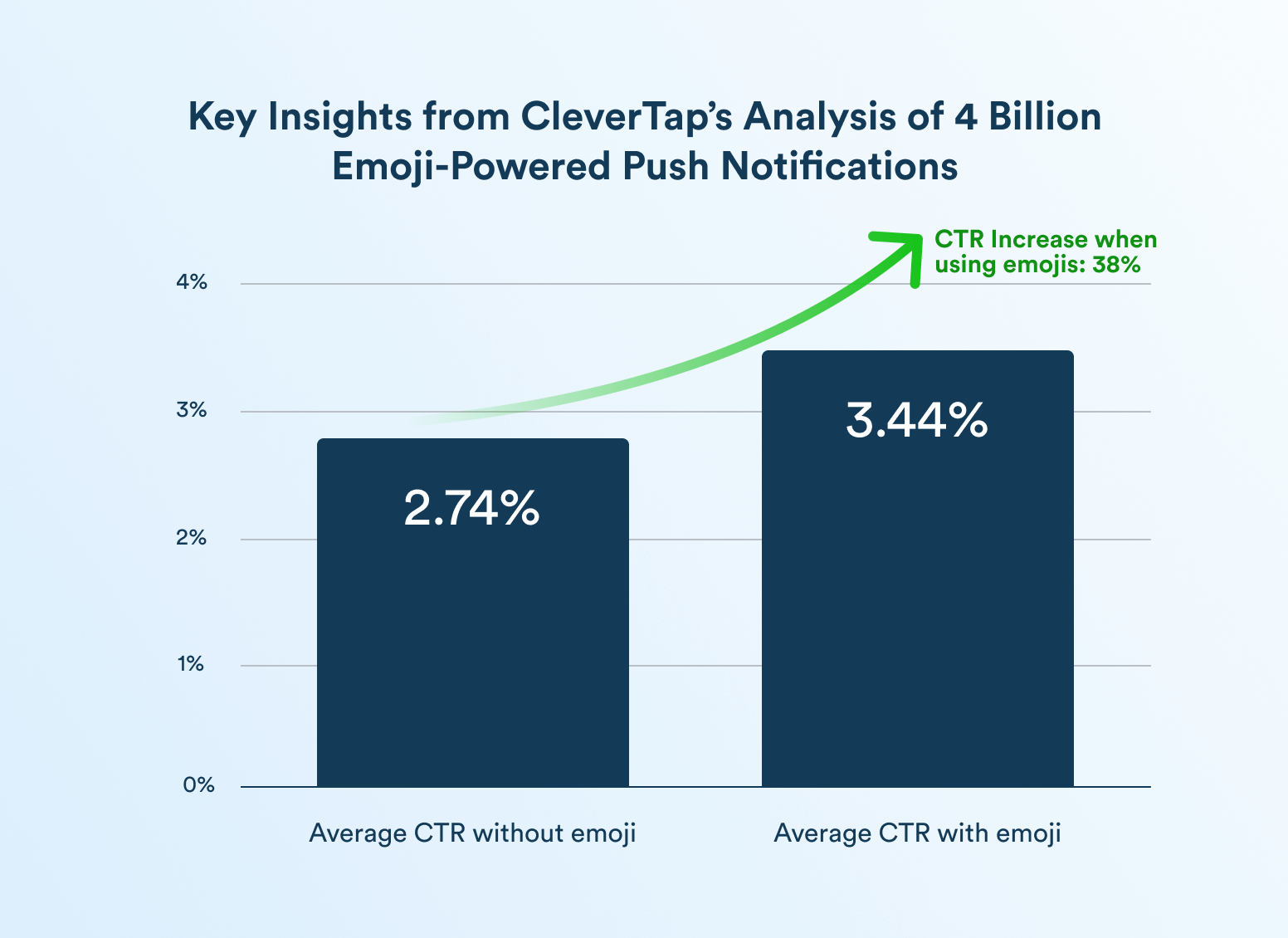
Best and Worst Performing Emojis in Push Notifications
Out of the 4 billion push notifications sent, 12.48% of them included the “thumbs up” emoji (👍). This is by far the most popular emoji within our study. The second most popular emoji is the “smiling face with heart-eyes” (😍) which was sent in 6.88% of all push notifications. The “money bag” emoji (💰) was included in 5.90% of the total emojis sent.
| Best Performers (High CTR) | Risk Takers (Popular but less effective) | Worst Performers (Low CTR) |
| Thumbs up 👍 | Smiling face with heart-eyes 😍 | Wrapped gifts 🎁 |
| Check mark ✅ | Money bag 💰 | Musical notes 🎶 |
| No entry ⛔ | Smiling face with smiling eyes 😄 | Party popper 🎉 |
To put these in perspective, the average push emoji was included in only 1.52% of push notifications. The “thumbs up” emoji stood out in this study as not only being one of the most popular emojis, but also a top performer when considering CTR. The “smiling face with heart-eyes 😍” and the “money bag 💰,” although widely used, had mixed results.
Our research shows that emoji performance in push notifications varies by industry—some see strong results, others don’t. By analyzing industry-specific data, businesses can better tailor their campaigns for optimal impact.
Industry-Specific Emojis in Push Notifications
| Industry | Average CTR | CTR with Emoji | Net Change | Top Performer |
| Business & Finance | 5.46% | 12.45% | 128% | 😱 (Shock Face) |
| Deals and Coupons | 4.59% | 4.60% | 0% | ✅ (Check Mark) |
| Education and Training | 2.75% | 3.49% | +27% | 👍 (Thumbs Up) |
| Entertainment and Events | 5.04% | 2.31% | -54% | ⬇️(Down Arrow) |
| Food and Delivery | 1.00% | 1.45% | +45% | 😋 (Yummy Face) |
| Health and Fitness | 2.80% | 2.69% | -4% | 🔥 (Fire) |
| Media and Publishing | 1.72% | 2.06% | +20% | 😄 (Smiling Face) |
| Retail | 0.89% | 1.88% | +111% | 📣 (Announcement) |
| Travel and Hospitality | 2.24% | 1.98% | -12% | 💰 (Moneybag) |
| Utilities and Services | 0.89% | 1.91% | +115% | 😍 (Heart Eyes) |
Top 3 Industries that Saw a CTR Increase with Emojis
The top three industries that stand to benefit from implementing emojis within their marketing campaigns are:
- Business and Finance
- Utilities and Services
- Retail
Mobile apps within the business and finance industry who use emojis in their push notifications experience a 128% boost in CTR. Possibly the most unlikely industry to benefit from emojis is utilities and services, who witnessed their CTR soar by 115% after including emojis. The third largest increase in CTR after using emojis is retail with an 111% boost.
Bottom 3 Industries that Saw a CTR Increase with Emojis
The three industries in which emoji usage most negatively impacted marketing campaigns are:
- Entertainment and Events
- Travel and Hospitality
- Health and Fitness

While emojis might seem like a natural fit for industries like entertainment, travel, and fitness, our data showed otherwise—CTR actually dropped by 54%, 12%, and 4%, respectively. In health and fitness, for instance, emojis symbolizing task completion (like “hourglass done”) performed well, while those implying inactivity (like “hourglass not done”) saw poor results, suggesting users respond better to messages that signal action and achievement.
Watch our on-demand webinar to learn everything you need to know about the art of emoji marketing.
Best Practices for Using Emojis in Push Notifications to Improve Engagement
Here are some best practices to follow when using emojis in push notifications to drive better conversions.
Use Contextually Relevant Push Emojis
Push emoji use should serve a clear purpose and reinforce the core message of your push. For instance, if you’re announcing a limited-time offer, emojis like ⏰ (alarm clock) or 💥 (collision) can convey urgency and grab attention instantly. For celebratory messages, 🎉 or 🥳 can enhance the tone.
The key is to use emojis that align naturally with the content—avoid forced usage or random emojis that might confuse recipients or feel gimmicky.
Don’t Forget to Personalize
Emojis in push notifications work best when they’re contextually aligned with user behavior. Dynamic push campaigns that insert emojis based on past user actions or preferences can significantly boost customer engagement.
For example, if a user frequently orders coffee via your app, a personalized message like “☕ Ready for your usual?” feels tailored, conversational, and engaging—making the user more likely to tap through.
Understand Audience Preferences
Customer demographics matter. Younger audiences, such as Gen Zs, are generally more receptive to push emoji-enhanced communication—they perceive it as fun, modern, and expressive. On the other hand, older users or those in trust-heavy industries (like finance or healthcare) may prefer a more minimal or professional tone. Use customer segmentation to fine-tune emoji usage based on preferences and expectations.
Be Aware of Platform Compatibility
Push emojis can render differently across platforms and devices—what looks like a fun iOS push notification emoji might appear distorted or unclear on Android. Inconsistent rendering of push emoji elements can weaken the impact of your message or even cause confusion. Always preview your notifications using a platform-agnostic tool like CleverTap to ensure visual consistency and message clarity across devices.
CleverTap lets you experiment with different message formats to see what resonates best with your audience. Additionally, CleverTap’s proprietary technology, RenderMax, ensures that your notifications not only get delivered but actually appear on the user’s device. Here’s how RenderMax helps:
- Supports Strict Device Protocols: Ensures smooth delivery of Android push notification emoji with tough push rules.
- Bypasses Battery Optimization: Re-renders notifications when devices exit battery-saving mode for better visibility.
Limit Use to 1–2 Emojis
Less is more when it comes to emojis in push notifications. Overuse can clutter your message, reduce readability, and make it appear spammy or unprofessional. Ideally, limit each push to one or two well-placed emojis that support the core message. Use them for emphasis and clarity, not decoration.
Check out our detailed guide on 35 push notification best practices to boost engagement and conversions.
Real-World Examples of Successful Emoji Integration in Push Notifications
Below we will explore a few real-world examples of how brands used emojis in push notifications, along with other push notification best practices to see results in retention and engagement.
How PayMaya Drove 3x Engagement with Automated Campaigns and Emojis
Problem:
PayMaya needed a scalable way to engage users across various lifecycle stages—from app install to transactions like shopping, booking, and streaming. Their manual campaigns lacked context and timeliness, leading to user drop-offs and missed conversion opportunities.
Solution:
Using CleverTap, PayMaya implemented automated, event-triggered campaigns tailored to user behavior. Along with other strategies, the company used A/B testing to gauge message effectiveness by experimenting with with strategic push emoji choices and optimizing send times of push notifications to make messages more relatable and visually engaging. These campaigns guided users through each key action, improving timing and relevance.
Results:
PayMaya drove a 10x boost in monthly launches and lift in average transaction value by 5–10%, while reactivating dormant users, boosting reactivations by 18% month over month.
Read the full case study here.
How HUD Boosted User Retention with Real-Time Analytics and Personalization
Problem:
HUD, a dating app, struggled to retain users and deliver timely, relevant communication. Their static engagement strategy couldn’t adapt to user behavior in real time, leading to reduced app usage and satisfaction.
Solution:
HUD leveraged CleverTap’s real-time analytics to track in-app behavior and trigger personalized campaigns instantly. They used rich push notifications—enhanced with emojis—to deliver timely messages that resonated emotionally with users and encouraged deeper engagement. They constantly tested the messaging and emojis used in campaigns to identify the version that’s most impactful for their target audience.
Results:
By acting on real-time insights and adding personality through emojis, HUD saw a 20% improvement in user retention.
Read the full case study here.
Potential Pitfalls of Using Emojis in Push Notifications and How to Avoid Them
While emojis can be a powerful engagement tool, using them carelessly can backfire. Here are some common pitfalls—and how to steer clear of them:

1. Cultural Misinterpretation
Emojis aren’t a universal language. Their meanings can vary wildly across cultures, regions, and even age groups. For instance, the 😏 emoji might be seen as flirtatious or cheeky in one country but interpreted as smug or sarcastic in another. In some Asian markets, 🙏 is commonly used to signify “thank you,” whereas in others, it can be mistaken for prayer or even a high-five. Misjudging these nuances can lead to confusion or offense, undermining your message.
How to avoid it: Always test your push emojis with regional audiences before a full rollout. Use A/B testing across geographies and keep tabs on audience feedback. When in doubt, opt for universally understood emojis in push notifications like ❤️, ✅, or 📢.
2. Push Emoji Fatigue
What’s fun and fresh today might be tiresome tomorrow. Audiences exposed to too many push notification emojis too often may stop paying attention—or worse, perceive your brand as juvenile or spammy. This leads to a drop in click-through rates and reduced effectiveness over time.
How to avoid it: Use emojis sparingly and purposefully. Treat them like seasoning: a little goes a long way. Reserve them for special campaigns or to highlight key CTAs rather than stuffing every message full of symbols. Monitor performance data over time to detect signs of push emoji fatigue among your users.
3. Off-Brand Tone
Emojis inherently carry a casual, expressive tone, but that tone needs to align with your brand voice. A luxury brand using 😜, 🤪, or 💩 might come off as irreverent or tone-deaf. Similarly, an insurance company using 🥳 or 🎉 in a claim update notification could inadvertently diminish the seriousness of the message.
How to avoid it: Revisit your brand guidelines and define a list of “on-brand” emojis that match your tone. For instance, a healthtech app may stick to emojis like 💊, 🧘♀️, or 📈, while a gaming brand can get away with more playful visuals. Emojis should enhance your message, not clash with it.
Do’s and Don’ts of Using Emojis in Push Notifications

Leverage Emojis in Push Notifications With CleverTap
CleverTap helps brands significantly enhance the effectiveness of their push notification campaigns by enabling the use of emotionally intelligent, AI-generated content, including emojis, which drive higher engagement and CTRs.
- Emojis Humanize Brand Communication: CleverTap’s intuitive push notification editor allows marketers to seamlessly incorporate emojis into push content, helping convey emotion, urgency, and tone more vividly. This small touch can lead to noticeable improvements in open rates and user interactions.
- Emotionally Relevant Messaging with AI: Using Clever.AI’s Scribe, marketers can automatically generate emotionally intelligent push notification copy that includes emojis suited to user sentiment and campaign context. This aligns content more closely with audience preferences, improving resonance and performance.
- Real-Time Personalization at Scale: CleverTap combines user behavior, interests, and segmentation data to personalize notifications dynamically. Emojis selected via AI can reflect user affinities (e.g., 🎮 for gamers, 🍕 for foodies), making the messages feel tailored and relevant.
- Performance Optimization with A/B Testing: Campaign variants using emojis can be A/B tested to compare performance in real time. Marketers can then roll out the most effective version across their audience, optimizing ROI on every notification.
Balance Creativity and Strategy in Emoji Usage
Used wisely, emojis create high-performing, emotionally resonant push notifications. But they’re not one-size-fits-all. Match your emoji strategy to your audience, brand tone, and campaign goal—and always test.
With CleverTap, you have the tools to personalize emoji use, track what works, and optimize at scale.
Level up your push notification strategy with CleverTap
Shivkumar M 
Head Product Launches, Adoption, & Evangelism.Expert in cross channel marketing strategies & platforms.
Free Customer Engagement Guides
Join our newsletter for actionable tips and proven strategies to grow your business and engage your customers.

